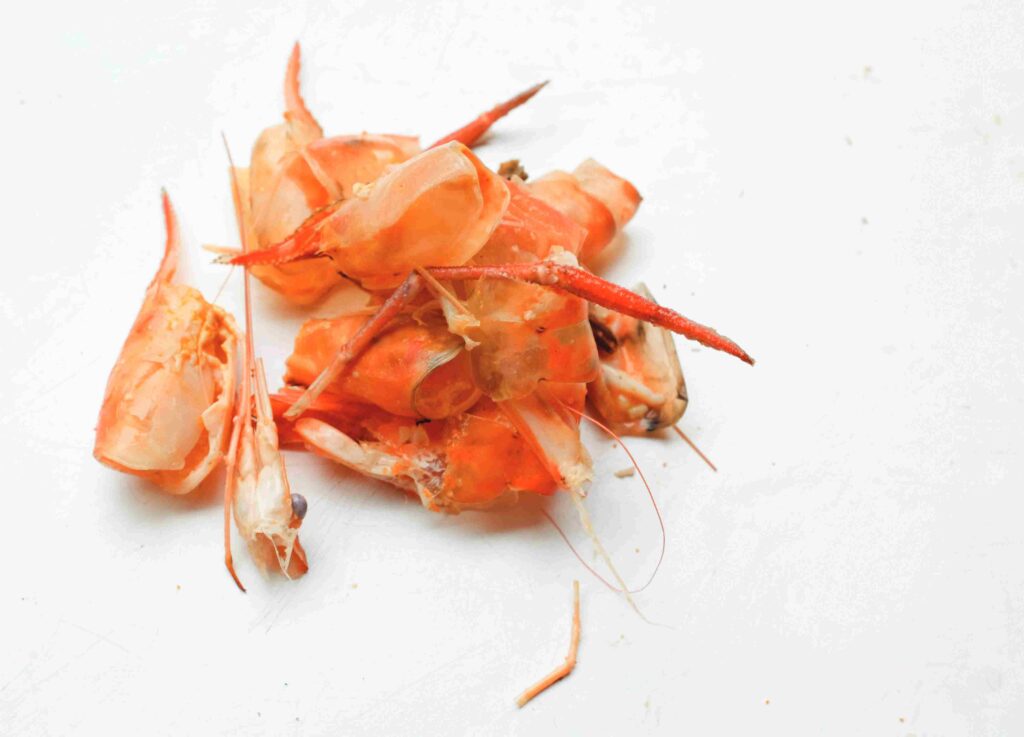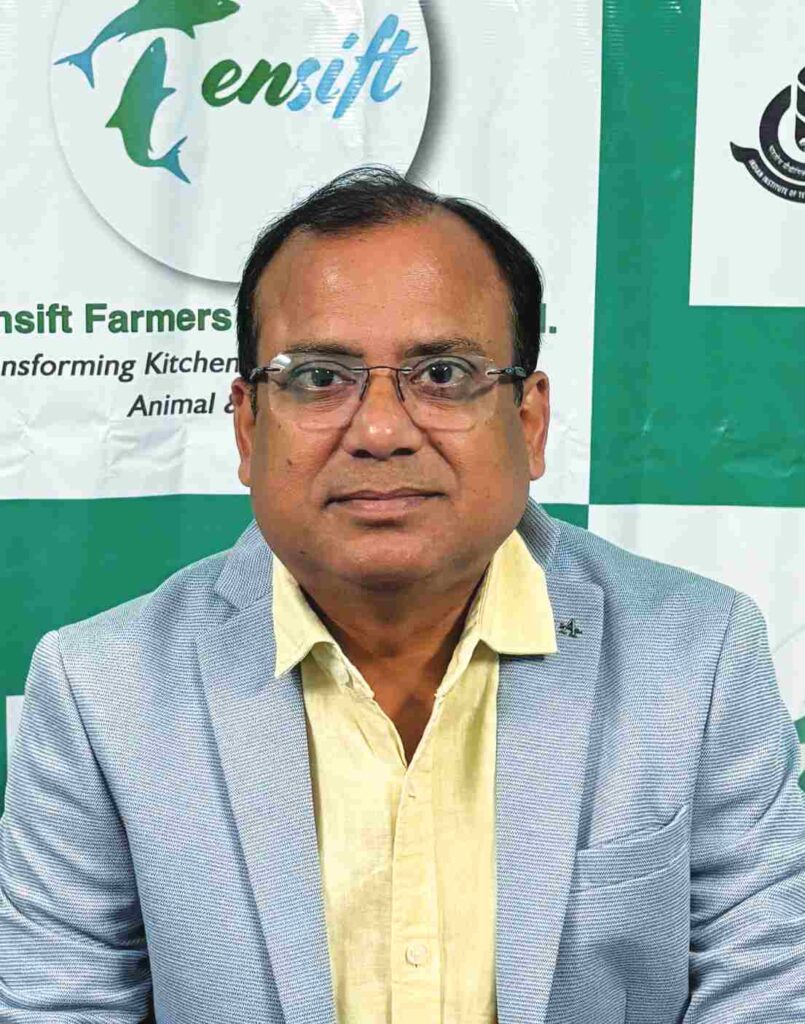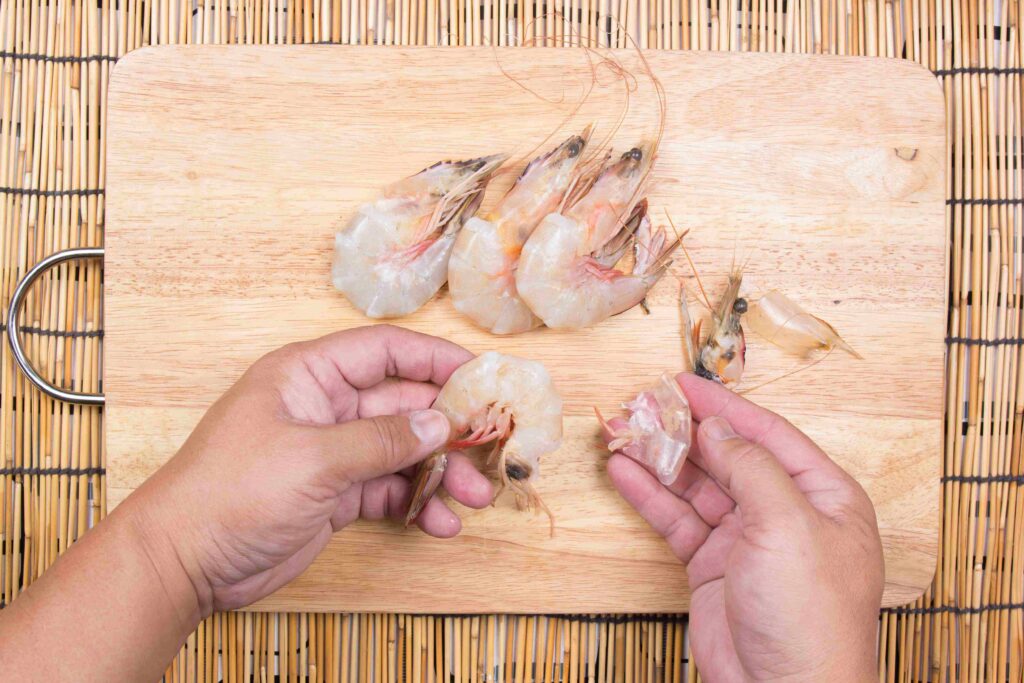
Seafood processing generates significant waste, including shrimp shells, fish scales, and other by-products. Improper disposal of these waste materials contributes to environmental pollution and resource inefficiency. However, innovative bioconversion techniques can transform seafood waste into high-quality fish feed, reducing dependence on traditional feed sources such as fishmeal and soybean meal. Sachidananda Dash, Founder & MD, Tensift Farmers Fertilizer Pvt. Ltd, shares insights with Clean India Journal on adopting a circular economy approach.

“We focus on converting organic waste, including seafood processing by-products, into high-quality aquaculture feed. Shrimp shells, for example, contain chitin, protein, and essential minerals that enhance fish health and immunity. Through controlled fermentation, chitin is broken down into chitosan, which is highly digestible and beneficial for aquatic species.”
Sachidananda Dash
The seafood industry produces millions of tonnes of waste annually, much of which includes shrimp shells, fish scales, and other processing by-products. Improper disposal of this organic waste leads to environmental pollution and resource inefficiency. However, adopting a circular-economy approach offers an opportunity to repurpose these materials into valuable resources, particularly in the production of sustainable fish feed. By transforming seafood waste into nutrient-rich feed, the industry can reduce its dependence on traditional sources such as fishmeal and soybean meals while promoting sustainability.
“We focus on converting organic waste, including seafood processing by-products, into high-quality aquaculture feed. Shrimp shells, for example, contain chitin, protein, and essential minerals that enhance fish health and immunity. Through controlled fermentation, chitin is broken down into chitosan, which is highly digestible and beneficial for aquatic species.” Additionally, enzymatic treatments release amino acids, improving the bioavailability of nutrients essential for fish growth.
Processing seafood waste into fish feed presents several challenges, including managing its high salt content, preventing microbial contamination, and ensuring efficient collection and storage. Fresh seafood waste decomposes rapidly, requiring immediate processing under stringent hygiene and safety standards. “Our approach integrates fermentation-based sterilization techniques that naturally eliminate pathogens while preserving nutritional value.” Regular quality testing ensures compliance with food safety regulations and prevents heavy metal contamination.

The cleaning industry plays a vital role in supporting seafood waste conversion. Eco-friendly cleaning agents help maintain sanitary processing environments without introducing harmful chemicals. Wastewater treatment solutions ensure responsible disposal of liquid waste generated during seafood processing. Efficient cold chain storage further enhances the preservation of seafood waste before processing, minimizing spoilage and improving sustainability.
Converting seafood waste into fish feed aligns with broader environmental and economic goals. By reducing reliance on fishmeal, this practice helps conserve wild fish populations and supports marine biodiversity. It also minimizes pollution by diverting organic waste from landfills and water bodies. Most importantly, it reinforces the principles of a circular economy, where waste is reintegrated into the food production system as a valuable resource.
Shrimp shells and other seafood waste represent an untapped potential in aquaculture feed production. With proper processing, sanitation, and regulatory compliance, seafood waste can serve as a sustainable and economically viable alternative to conventional feed, driving long-term benefits for both the seafood and aquaculture industries.
 CIJConnect Bot-enabled WhatsApp
CIJConnect Bot-enabled WhatsApp









